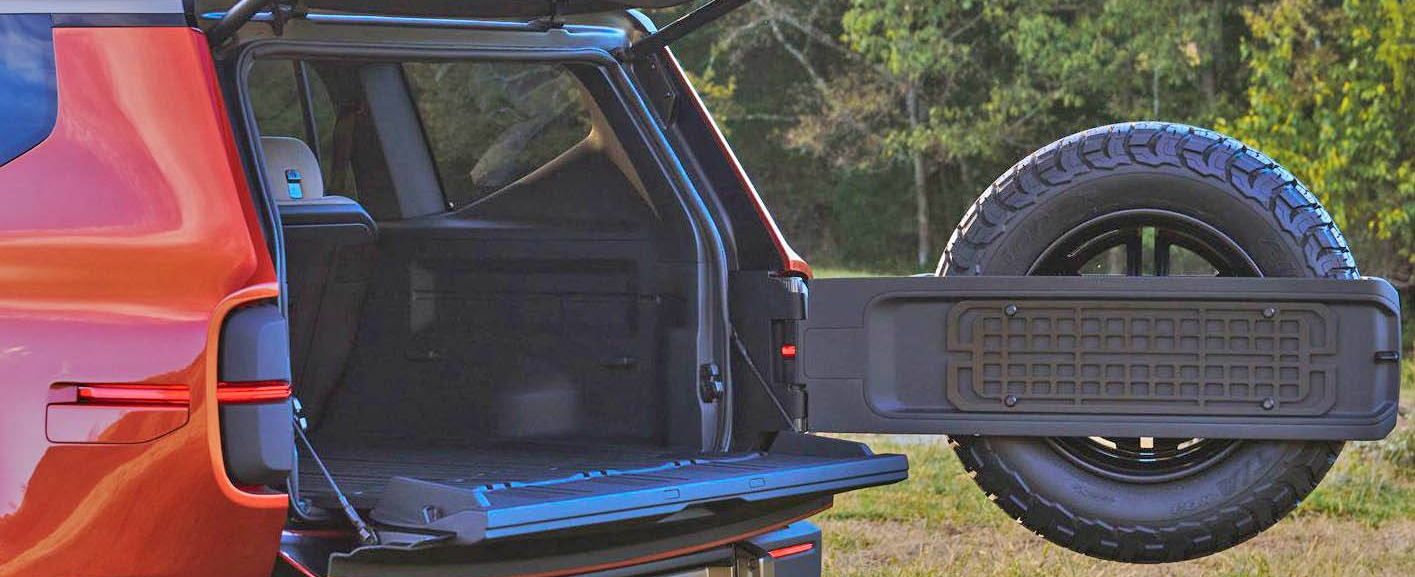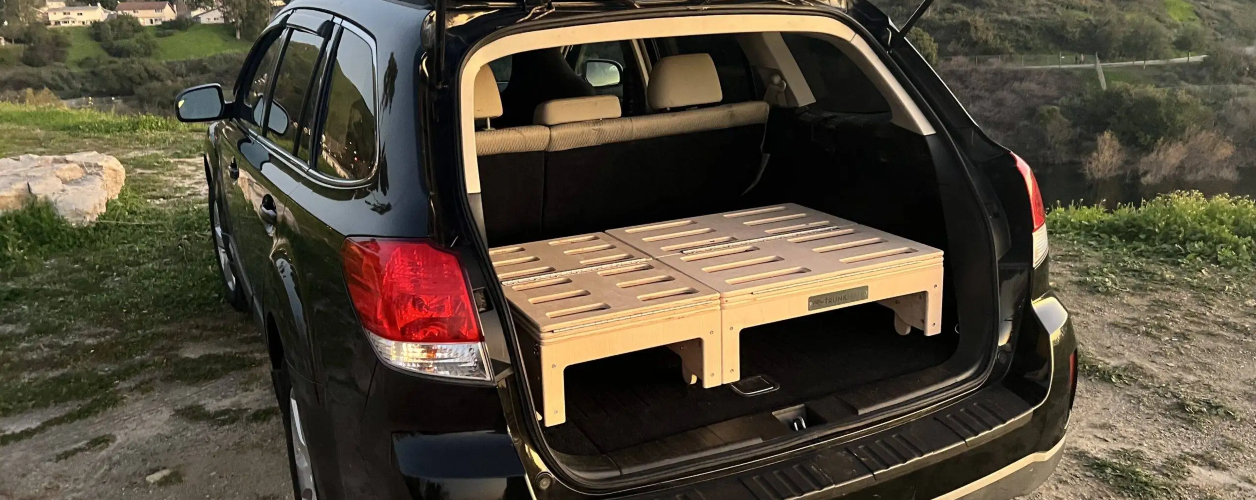If you're shopping for a compact SUV with generous cargo space, you're not alone—especially if you're planning road trips, hauling gardening gear, or making room for grandkids' luggage. Many modern SUVs may look compact from the outside, but some offer surprising roominess inside. The key is knowing where to look and what to consider before you buy.
This guide breaks down everything—how to plan, which models lead in cargo space, what to avoid, and what experts suggest for getting the most value. Whether you're downsizing from a larger vehicle or simply looking for smarter utility, here's what to know before driving off the lot.
Why Cargo Space Matters More Than Ever
“Today's compact SUVs have come a long way in optimizing interior volume without sacrificing fuel efficiency or ease of parking,” says Stephanie Brinley, principal automotive analyst at S&P Global Mobility. “For active adults, it’s about flexibility—whether that’s transporting golf clubs or groceries.”
According to J.D. Power’s 2024 Automotive Performance Study, older buyers are prioritizing utility over horsepower more than any previous generation. And in the compact SUV segment, that utility starts with what fits behind the rear seats.
Planning: What to Think About Before You Shop
Before you step into a dealership or browse online, ask yourself:
- How often will cargo space be used to full capacity?
- Do you regularly haul folding chairs, coolers, or tools?
- Will you need flexibility with seating?
- Some SUVs offer split-folding seats or even sliding rear rows.
- Are you open to hybrid or electric models?
- EVs sometimes sacrifice rear cargo space for battery placement.
- Do you need a low lift-in height?
- If you're loading heavier items, height matters—especially for back and joint health.

Top Compact SUVs with Surprising Cargo Space (2024-2025 Models)
Here are standout models based on cargo volume behind the rear seats, seat-folding flexibility, and interior layout. All data sourced from U.S. News & World Report, Edmunds, and Kelley Blue Book.
1. Honda CR-V
- Cargo Space: Among the highest in its class
- Why It Stands Out: Offers flat-folding rear seats and a deep rear storage well
- Consider: Some trims offer a hands-free liftgate, which is useful if you have mobility concerns
2. Toyota RAV4
- Cargo Space: Strong performance even in hybrid models
- Why It Stands Out: Smart underfloor storage and user-friendly cargo area height
- Consider: AWD models may have slightly reduced space due to drivetrain components
3. Subaru Forester
- Cargo Space: Broad rear opening and square design
- Why It Stands Out: Ideal for bulkier gear like suitcases or walking aids
- Consider: Simpler interior than some competitors, but more practical for loading
4. Mazda CX-50
- Cargo Space: Competitive, especially with seats folded flat
- Why It Stands Out: Stylish and rugged, designed for outdoor gear
- Consider: Sportier handling but slightly narrower interior space than others
5. Hyundai Tucson
- Cargo Space: Excellent layout with wide rear access
- Why It Stands Out: Smart storage features and flexible seating
- Consider: Some trims offer panoramic sunroofs, which may slightly reduce overhead space
Common Mistakes to Avoid
1. Focusing on exterior size over interior volume
Not all compact SUVs are created equal. The outer dimensions might look similar, but interior design can make a huge difference.
2. Forgetting to test cargo features
Fold the seats. Load a suitcase. Check how easy it is to reach the latch. Real-life testing matters.
3. Ignoring trim differences
Some trims come with a spare tire, others with an underfloor compartment. The difference can affect available space.
4. Not accounting for accessibility
If you're lifting items in and out often, cargo height and lip depth are just as important as volume.
Expert Advice on Choosing Smart
“Think about how you actually use the space,” suggests Karl Brauer, executive analyst at iSeeCars.com. “Do you prioritize height for taller items, or depth for groceries and folding chairs? That shapes which SUV works best for your lifestyle.”
AAA also recommends measuring key items at home—like a walker or folded stroller—and bringing that measurement with you. It’s one of the easiest ways to rule models in or out.
Trends in Cargo-Friendly Compact SUVs
Recent trends show a clear shift toward maximizing functionality in smaller vehicles:
- Electric models like the Ford Escape Hybrid and Toyota RAV4 Prime still offer competitive storage.
- Active lifestyle trims are growing in popularity—such as Subaru’s Wilderness line or Mazda’s Meridian Edition.
- Automakers are designing smarter storage with hidden compartments, adjustable floors, and rear-seat recline features.
Final Thoughts: Cargo-Savvy Means Lifestyle-Ready
For drivers 50+, having enough cargo room isn't just a luxury—it’s often a necessity. Whether you're planning a scenic road trip, picking up grandkids, or heading to the farmer’s market, the right compact SUV makes every errand easier and every mile more enjoyable.
Start by measuring what matters to you, and choose a model that fits your rhythm—not just your garage.
Frequently Asked Questions
Q: What is considered good cargo space in a compact SUV?
A: Generally, 30 to 40 cubic feet behind the second row is considered generous in this segment.
Q: Do hybrid or electric SUVs offer less cargo space?
A: Sometimes. Battery placement can affect trunk depth, but newer designs are closing that gap.
Q: Is a higher cargo floor always a disadvantage?
A: Not always—it can be easier on your back when lifting items, but may reduce total vertical space.

Resources
- U.S. News & World Report – Best Compact SUVs for 2024
- Edmunds – Compact SUV Cargo Comparisons
- J.D. Power Automotive Performance, Execution and Layout Study
- AAA – Senior Driving Car Fit Resources
Disclaimer
This article is for informational and educational purposes only. Vehicle features and specifications may change by model year or trim. Always consult the latest manufacturer data and speak with a qualified dealer before making a purchase decision.



